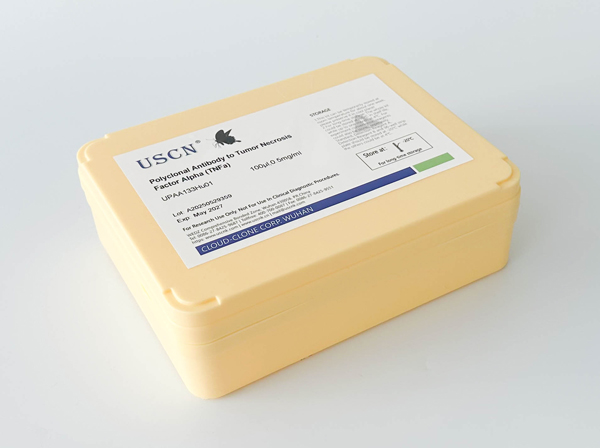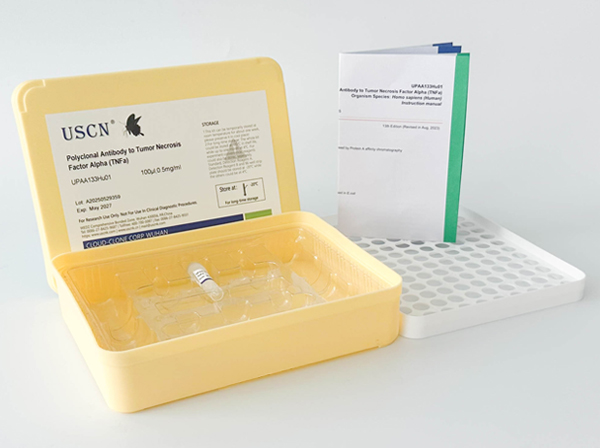Recombinant Antibody to Dehydroepiandrosterone (DHEA)
- Product No.URAA398Ge21
- Organism SpeciesPan-species (General) Same name, Different species.
- SourceRecombinant monoclonal antibody preparation
- HostMouse
- Potency (Clone Number)n/a
- Ig Isotype IgG
- PurificationAntigen-specific affinity chromatography followed by Protein A affinity chromatography
- LabelNone
- Immunogen n/a
- Buffer Formulation0.01M PBS, pH7.4, containing 0.05% Proclin-300, 50% glycerol.
- TraitsLiquid
- Concentration0.1-1mg/ml
- Organism Species Moren/a
- ApplicationsWB; IFC; IHC; IP.
If the antibody is used in flow cytometry, please check FCM antibodies. - Download n/a
- UOM 20µl100µl 200µl 1ml 10ml
-
FOB
US$ 86
For more details, please contact local distributors!US$ 200
For more details, please contact local distributors! US$ 285
For more details, please contact local distributors! US$ 713
For more details, please contact local distributors! US$ 2850
For more details, please contact local distributors!
SPECIFITY of the Recombinant Antibody to Dehydroepiandrosterone (DHEA)
The antibody is a mouse monoclonal antibody raised against DHEA. It has been selected for its ability to recognize DHEA in immunohistochemical staining and western blotting.
USAGE of the Recombinant Antibody to Dehydroepiandrosterone (DHEA)
Western blotting: 1:40-1:400
Immunohistochemistry: 1:40-1:200
Immunocytochemistry: 1:40-1:200
Flow cytometry: 0.2-2 µL/106 cells
Optimal working dilutions must be determined by end user.
STORAGE of the of the Recombinant Antibody to Dehydroepiandrosterone (DHEA)
Store at 4°C for frequent use. Stored at -20°C in a manual defrost freezer for two year without detectable loss of activity. Avoid repeated freeze-thaw cycles.
STABILITY of the Recombinant Antibody to Dehydroepiandrosterone (DHEA)
The thermal stability is described by the loss rate. The loss rate was determined by accelerated thermal degradation test, that is, incubate the protein at 37°C for 48h, and no obvious degradation and precipitation were observed. The loss rate is less than 5% within the expiration date under appropriate storage condition.
GIVEAWAYS



